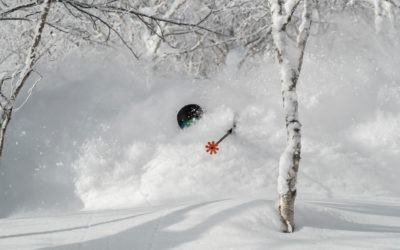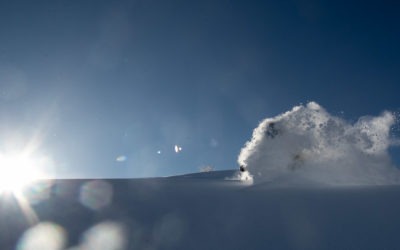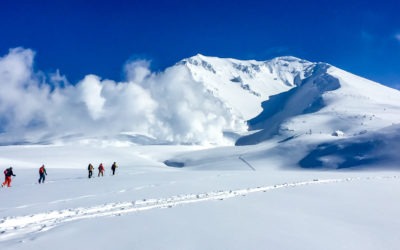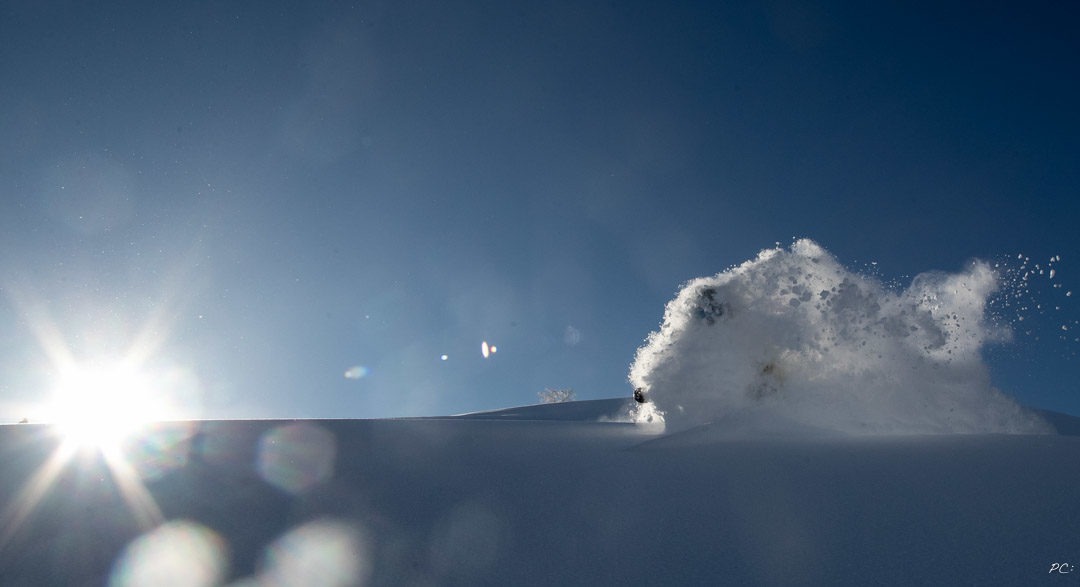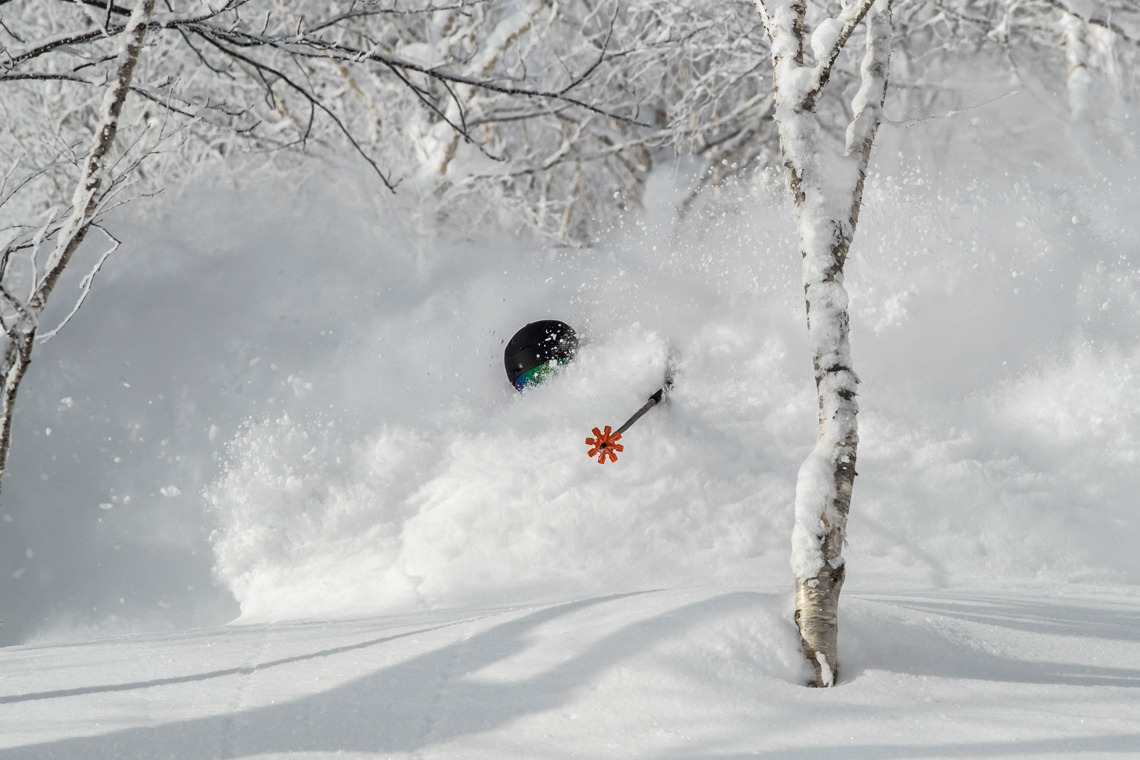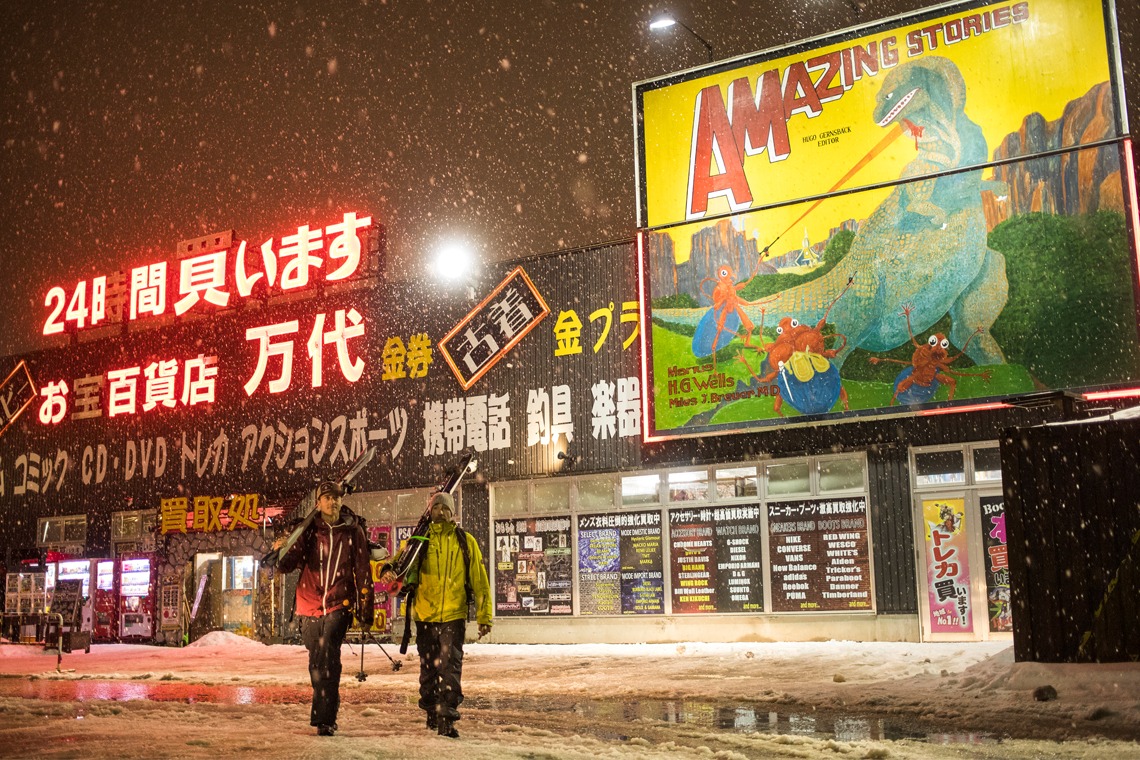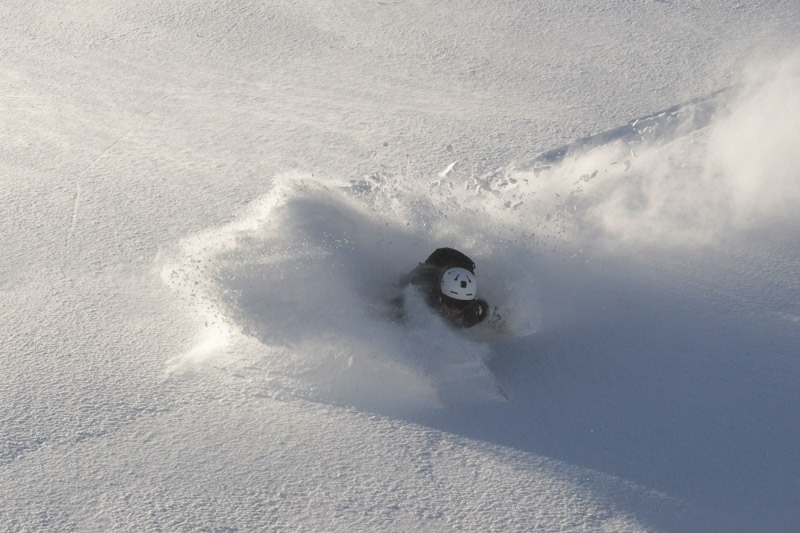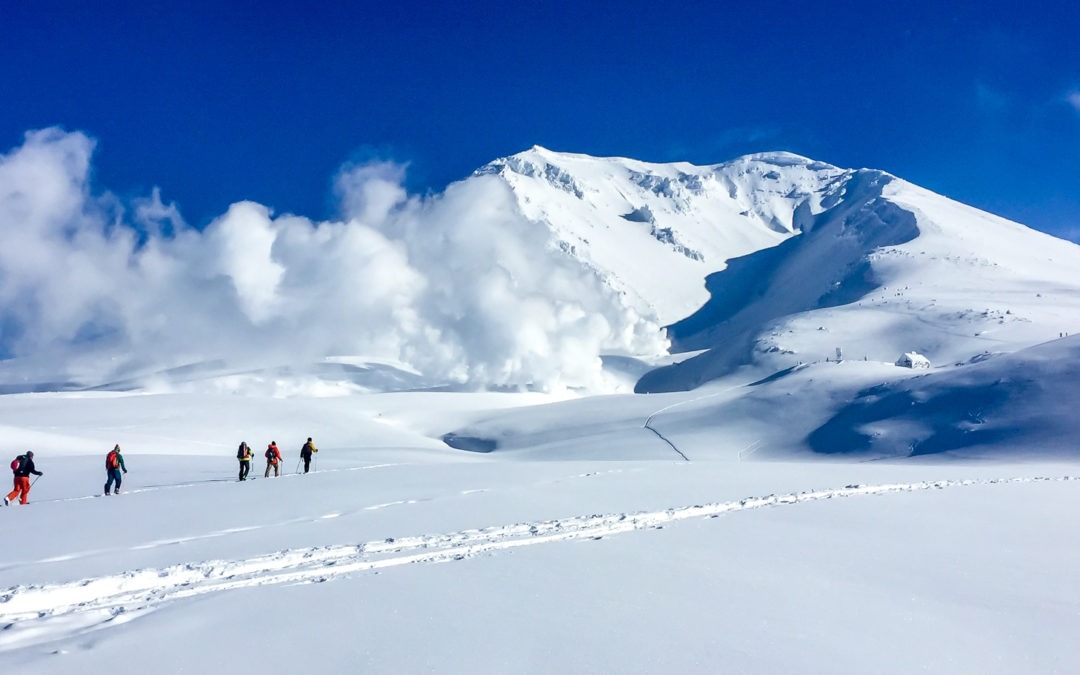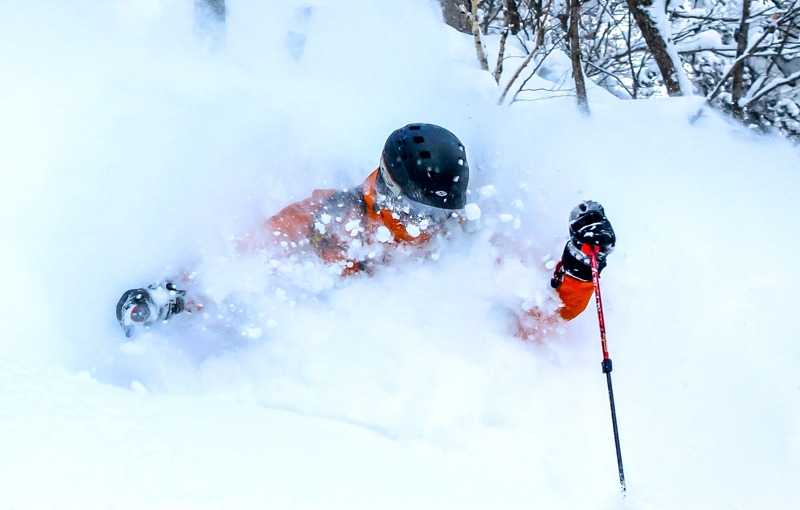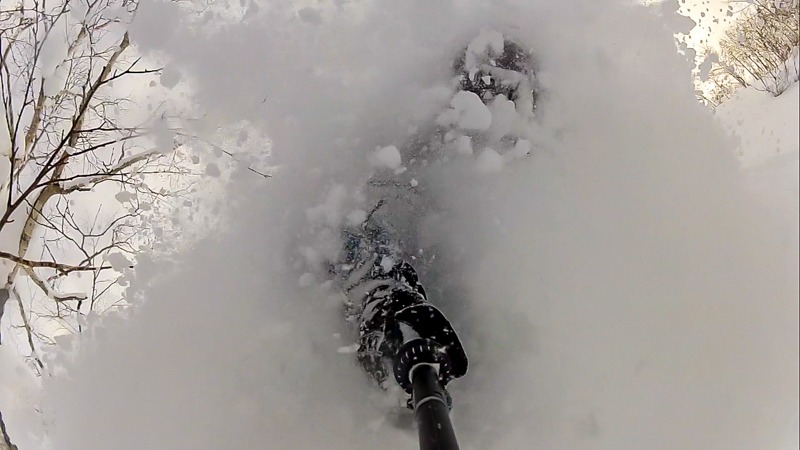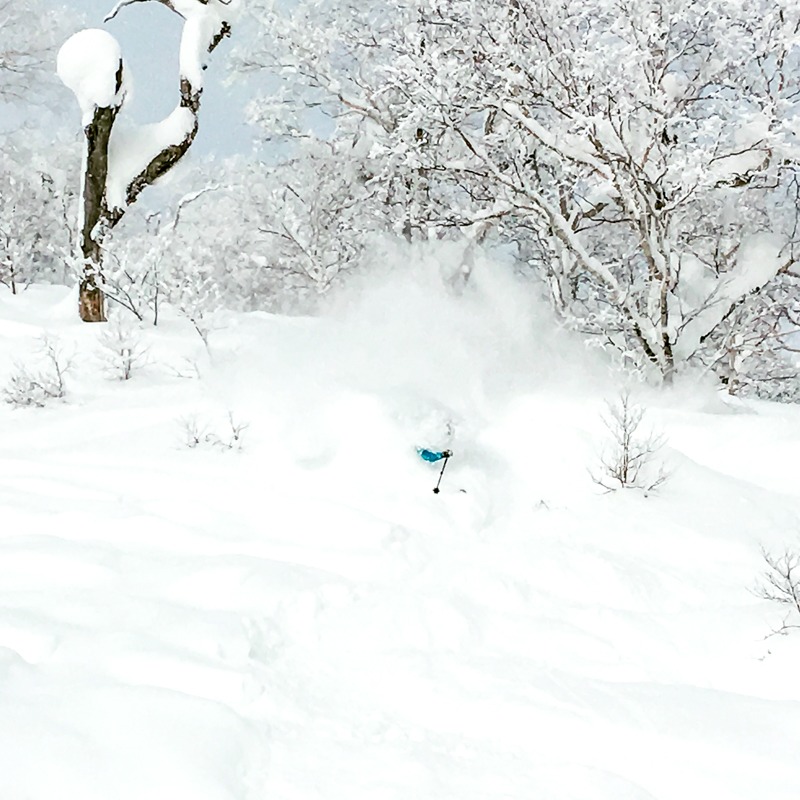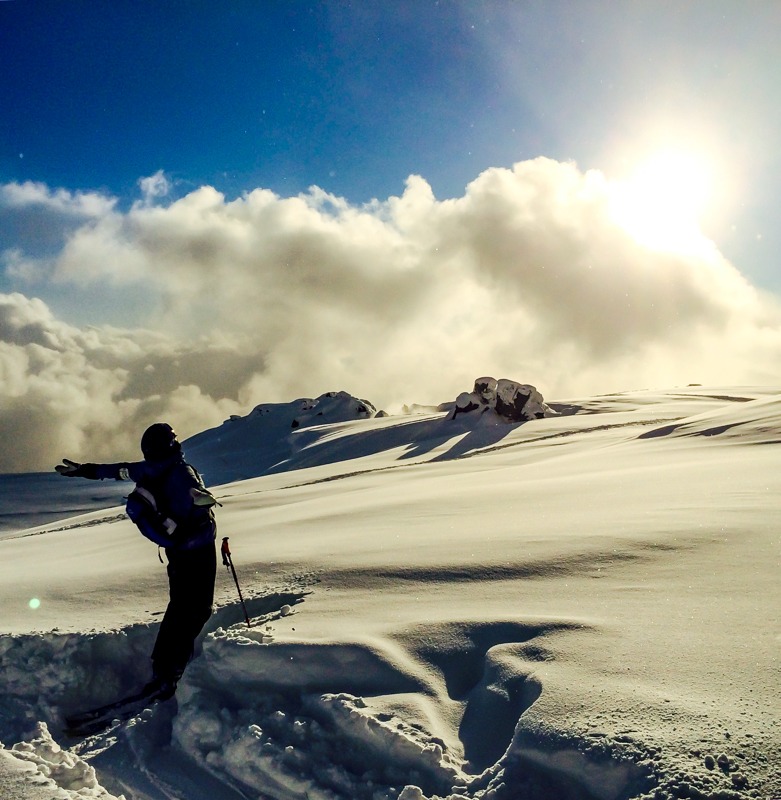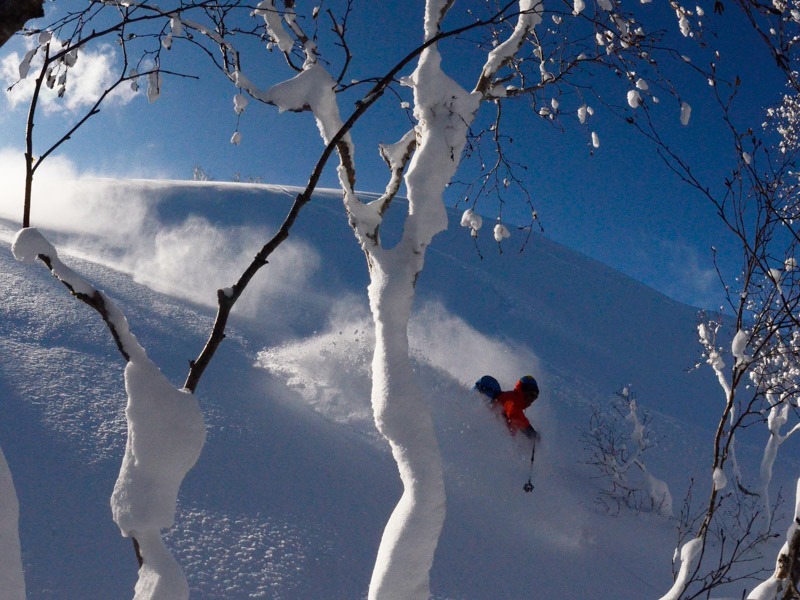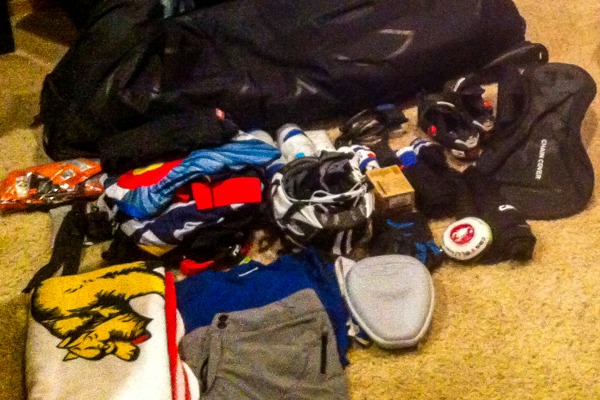Check out some highlights from the Image Quest Photo Camps with Le Grand Adventure Tours.
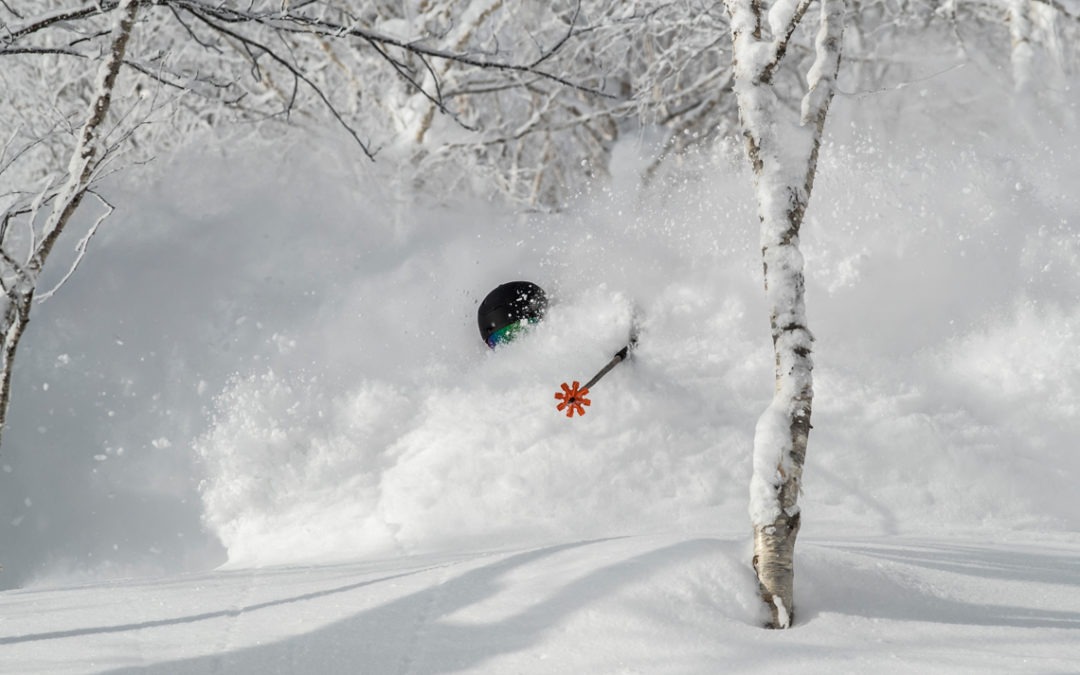
Here’s What 3 Feet of Snow in 24 Hours Looks Like in Japan
Here’s What 3 Feet of Snow in 24 Hours Looks Like in Japan
HERE’S WHAT 3 FEET OF SNOW IN 24 HOURS LOOKS LIKE IN JAPAN
PUBLISHED BY • POWDER MAGAZINE | WORDS • Jeff Cricco
Storm Dispatch: Hokkaido, Japan
Check out some highlights from the Image Quest Photo Camps with Le Grand Adventure Tours
Last week, I had the privilege to be an instructor with a photo camp in Japan. The Image Quest Photo Camp was in the northern island of Hokkaido for a 10-day tour of duty hitting the hot spots, or should I say, the cold deep spots of the north island of Japan.
The camp closed out with over three feet of snow in 24 hours at most ski areas. Not sure how much snow fell over the full 10 days, but you know it’s a lot when you ski under a tree on a traverse at the beginning of the trip, and by the end, have to bend over just to get under it.
Check out some highlights from the Image Quest Photo Camps with Le Grand Adventure Tours below.
—Jeff Cricco
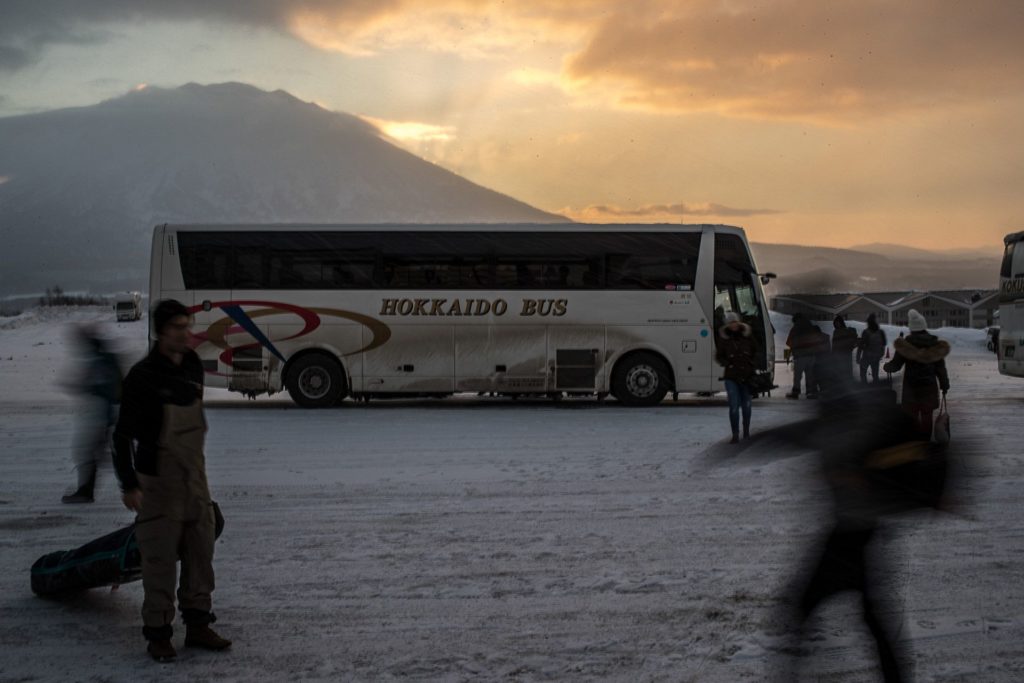
A quick glimpse at sunrise of the legendary Mount Yotei. You’ll be lucky if you see it when you’re visiting Niseko. But, then again, you’ll be lucky if you don’t see it. PHOTO: Jeff Cricco
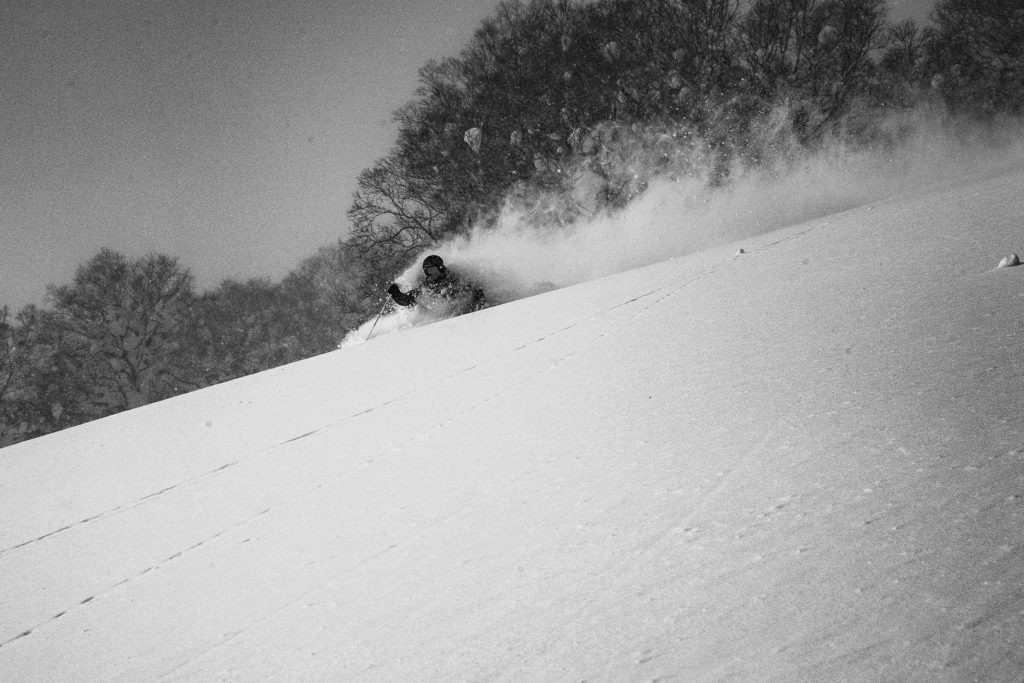
Bryan Finnochario deep in the deeps of the backcountry near the Japanese sea port of Oturu. PHOTO: Andrew Chad
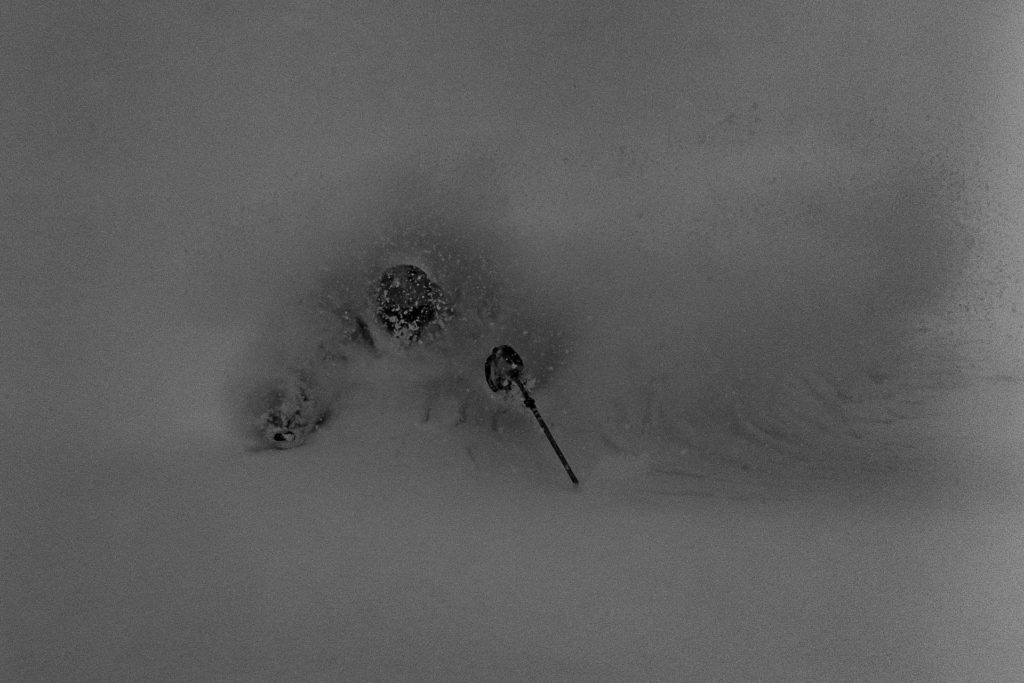
Chloe Mello is from Vermont. It snows there, for sure. But this kind of snow is a daily occurrence on Hokkaido. Chloe seen here at Asahidake. PHOTO: Jeff Cricco
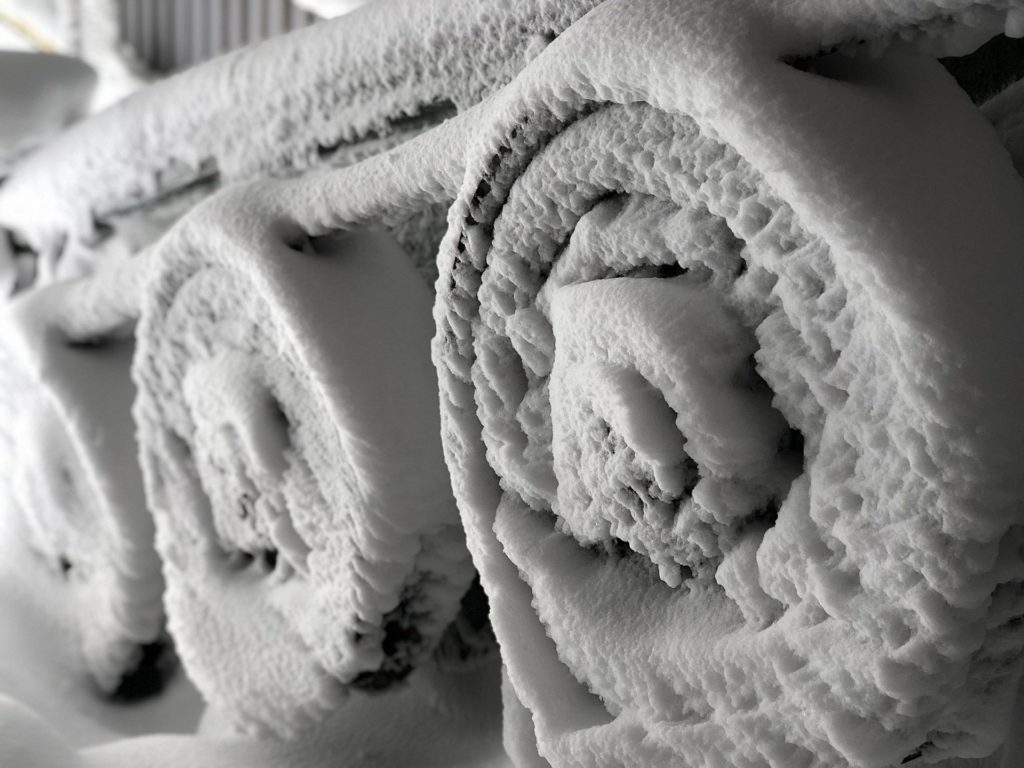
Image Photo Quest camp participant Paul Tagley caught this shot of an old abandoned tram at Sapporo Teine. A ski area right outside of the biggest city on the north island. Sapporo Teine is one of the unknown gems Le Grand Adventure Tours shared with the camp. Outside of the ski industry, Sapporo is know for the beer. But for those in the know, it’s the gateway to many of Hokkaido’s ski areas. PHOTO: Paul Tagley
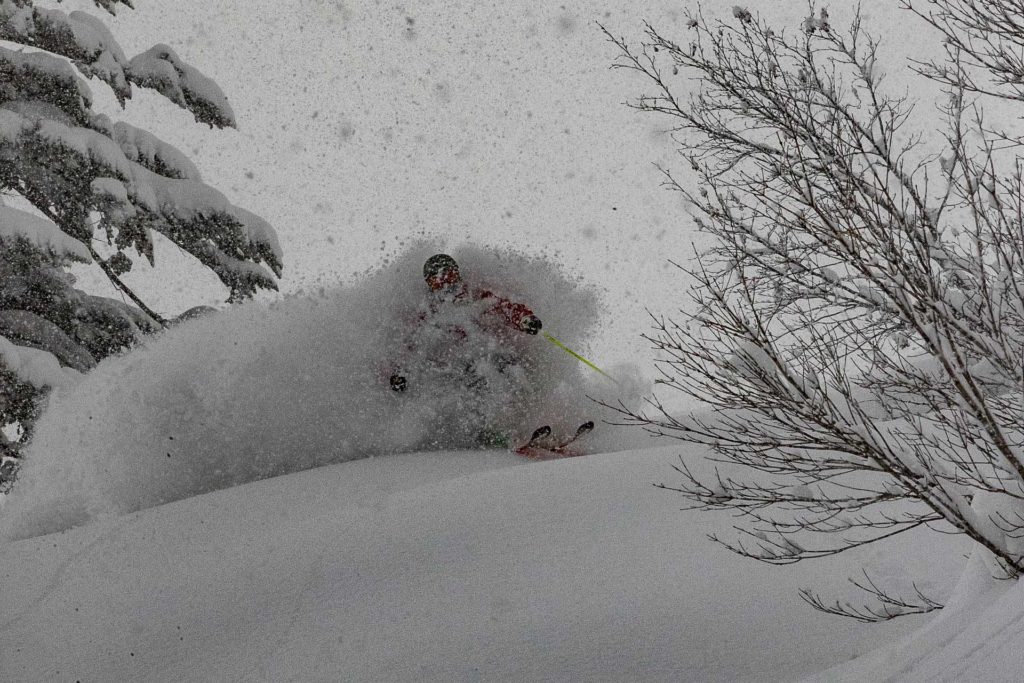
Every one knows Niseko. So does Bryan Finnochario. But he’s a close personal friend with the powder. They’re on a first name basis. PHOTO: Jeff Cricco

Our fearless guide and purveyor of stoke, Le Grand Adventures guide Jeff Easter, late in the afternoon at Furano. This could have been one of the deepest days of the camp. But…they were all pretty deep. PHOTO: Jeff Cricco
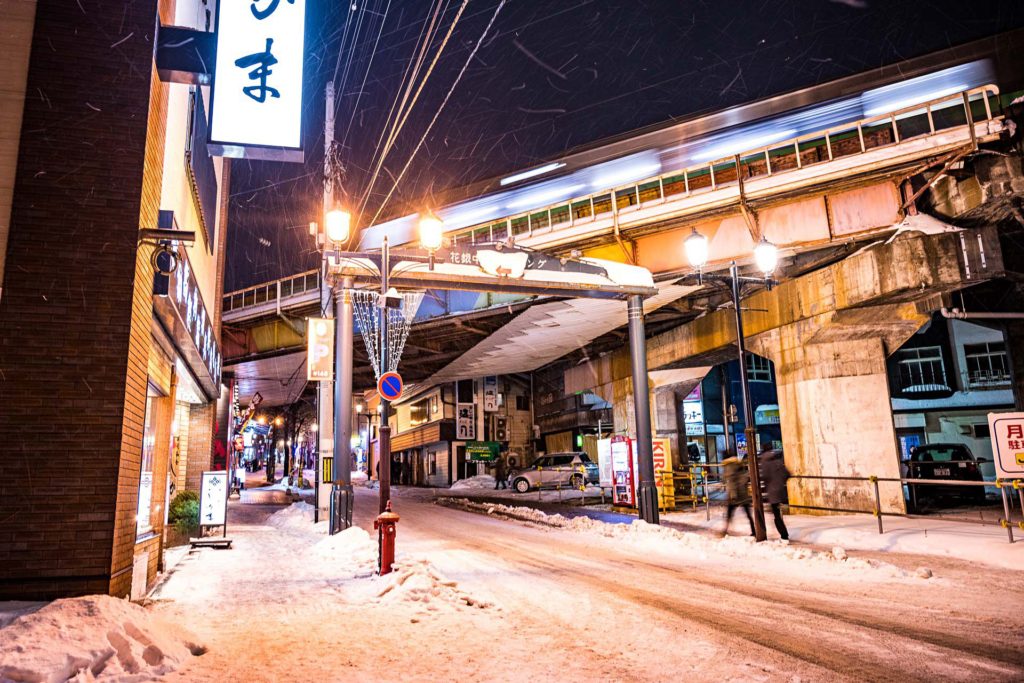
The public train above our favorite gyosa spot off the beaten path in Oturu. If you’re looking to enjoy some true Japanese culture away from westernized ski hills, Oturu is the spot. It’s not lift side and you need a rental car, but it’s a short drive to a bunch of ski areas and touring spots right off the Sea of Japan. There’s multiple alley ways that you can wander all night. Little 10 person bars and Miso joints overflowing with that authentic Japanese vibe that’s as good as the powder you will ski the next morning. PHOTO: Andrew Chad
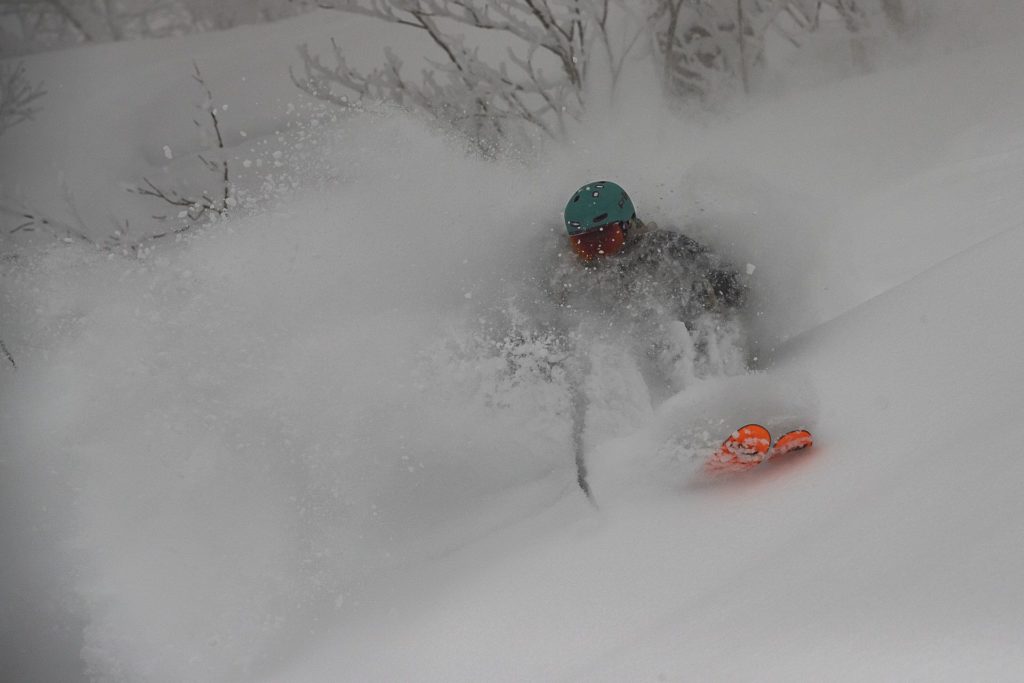
Chloe Mello in Asahidake. It was supposed to be sunny. A great time to check out the fumaroles fields of the active volcanos that is Asahidake. We barely saw them. Cause….it snowed. No one was complaining! PHOTO: Jeff Cricco
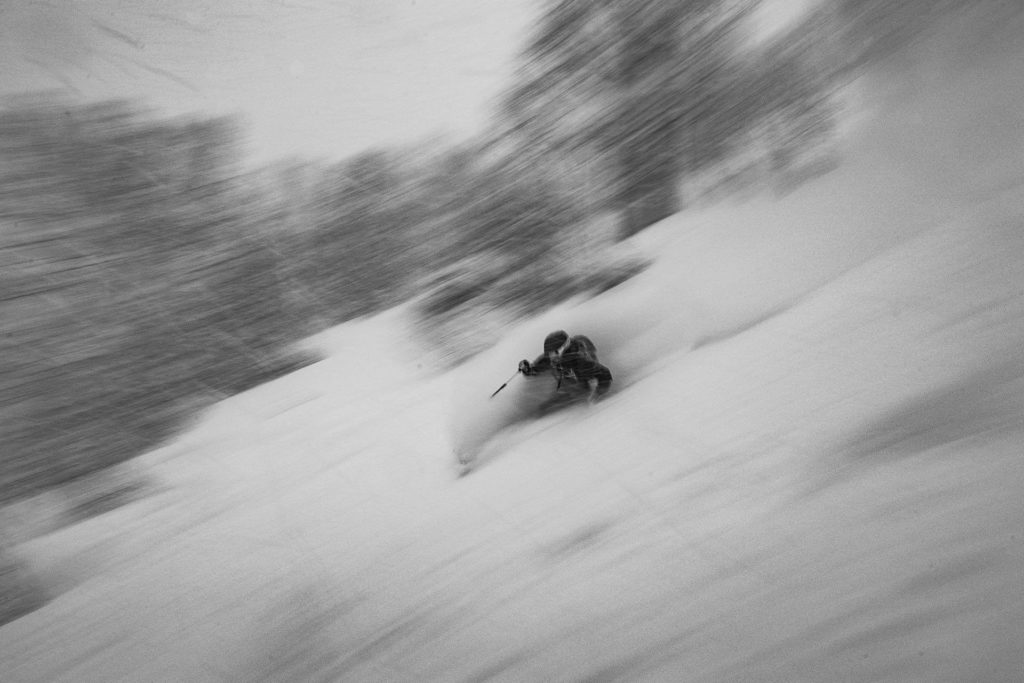
This is Andrew Chad’s second year doing the Image Quest Photo Camps. He was a student. Now he’s a Sensi. Here’s an awesome image of Paul Tagley shot during a whiteout session later in the day in Furano. It’s a little blurry. But that’s probably because of the Sapporo Classics he loves as much as he loves the powder. PHOTO: Andrew Chad
Publication by POWDER MAGAZINE
Sign up to Hear About our Newest Trips, Exclusive Offers and More.
YOU MAY ALSO LIKE:
Here’s What 3 Feet of Snow in 24 Hours Looks Like in Japan
Image Quest Photo Ski Camp To Start a Career in Skiing
Make a living skiing, become a photographer for FREESKIER or a job with the Freeride World Tour.
Tips for Powder Skiing in Japan
A successful ski trip to Japan not only depends on conditions but having the right guides to take you there.


